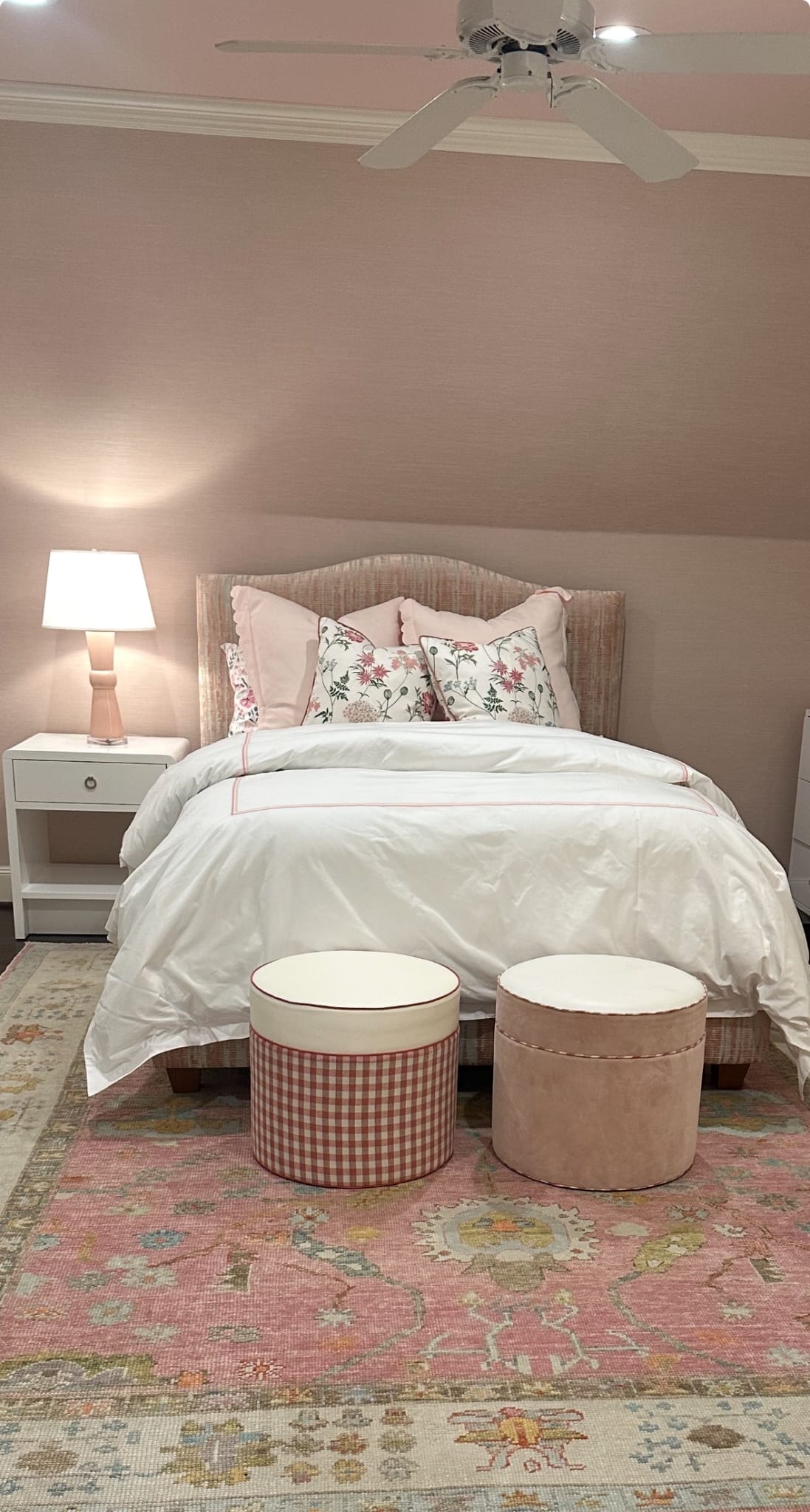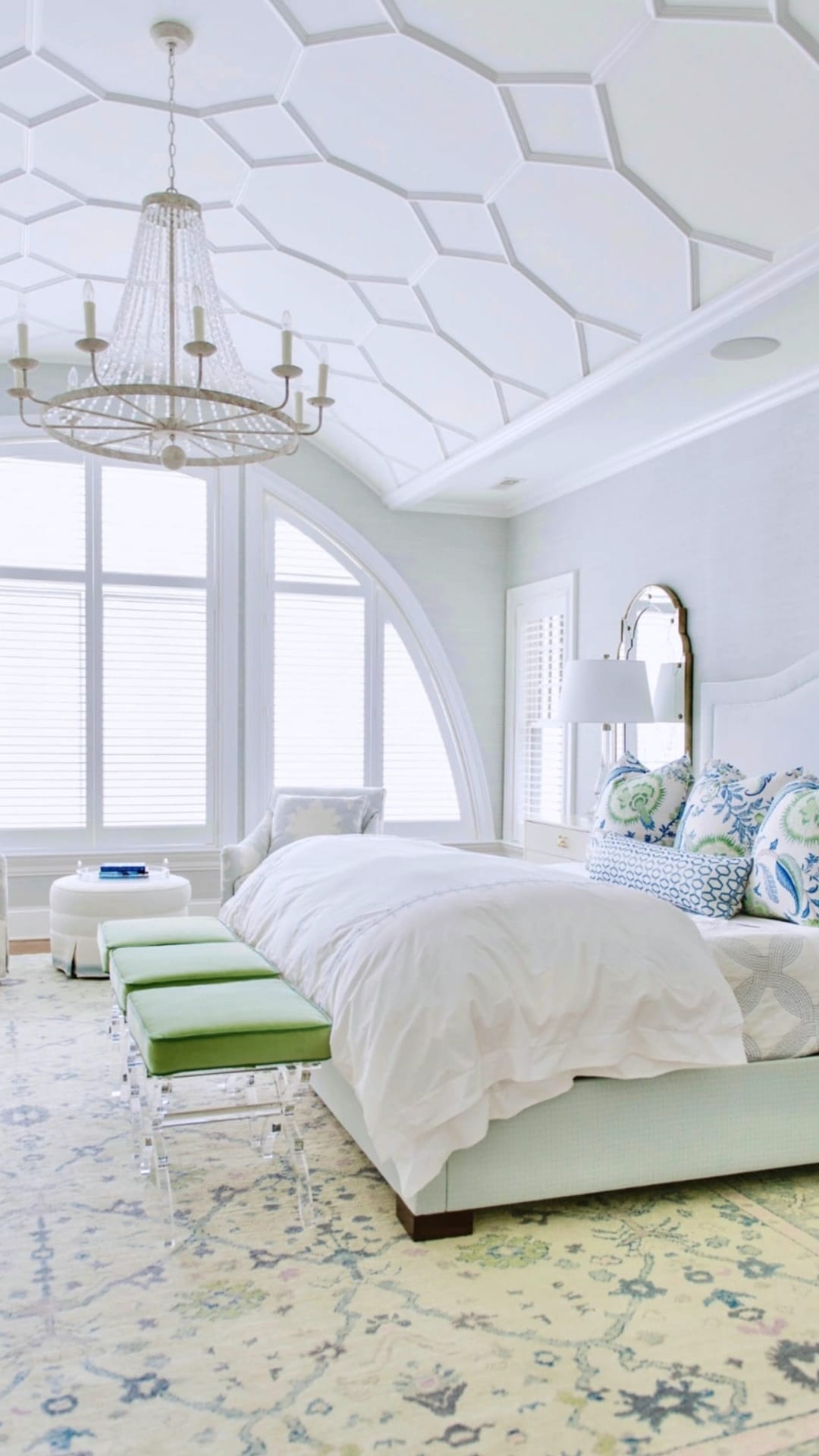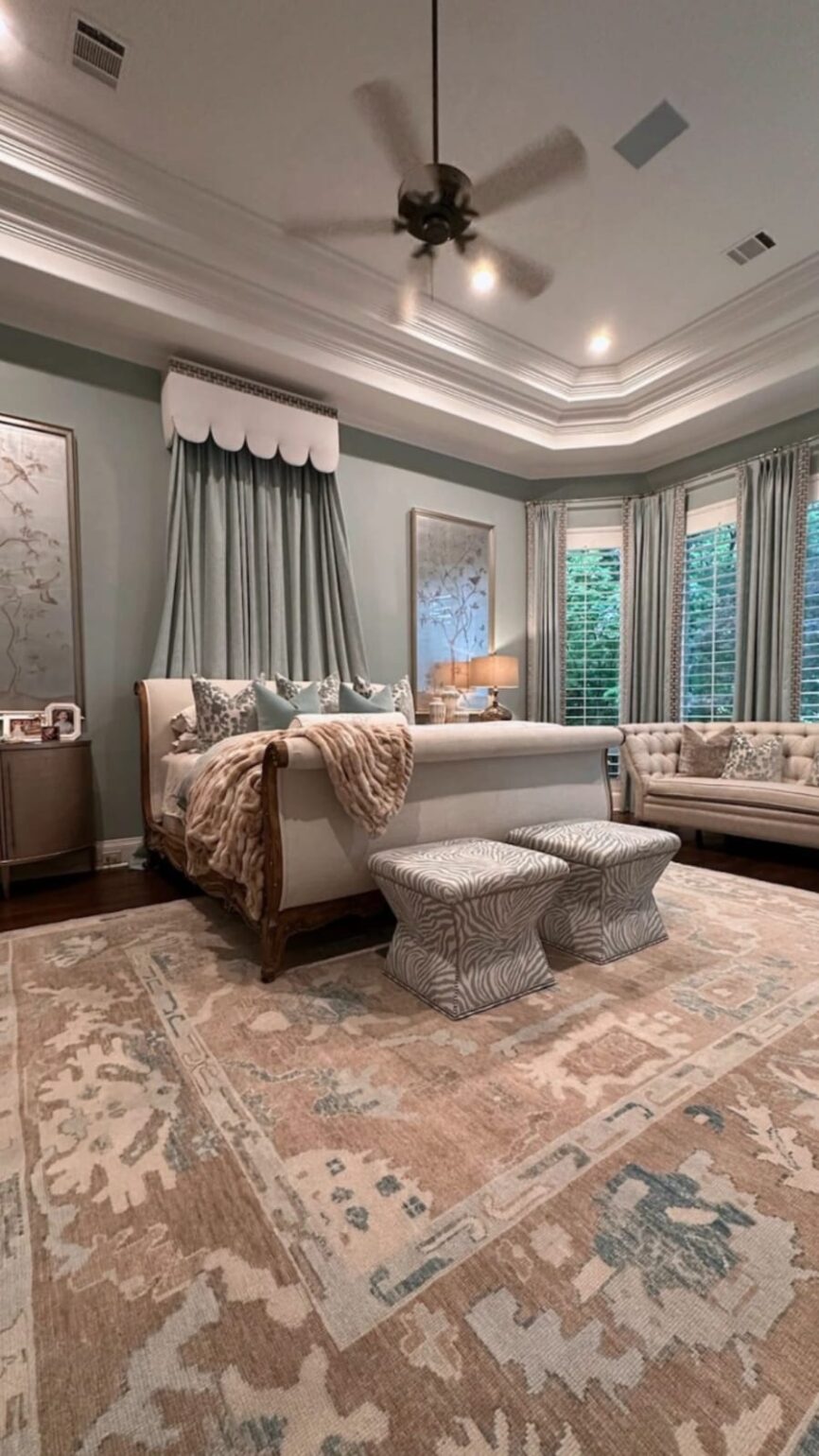Rug Cleaning Tips
Rug Cleaning: Synthetic Rugs vs. Natural Fiber Rugs – Which Needs More Frequent Cleaning?
Not all rugs are created equal, especially when it comes to professional rug cleaning. Whether you own a plush wool area rug or a durable synthetic floor covering, knowing how often to clean your rugs is essential for maintaining a clean home environment and extending the life of your investment. At RugGuys, we specialize in rug cleaning services tailored to your rug’s unique materials and usage patterns.

Understanding Rug Materials: Synthetic vs. Natural Fiber Rugs
The frequency of rug cleaning largely depends on the type of material your rug is made from. Synthetic rugs and natural fiber rugs each react differently to dirt, moisture, and daily foot traffic. This distinction is key when setting a professional rug cleaning schedule.
What Are Synthetic Rugs?
Synthetic rugs are made from man-made materials like polypropylene, nylon, polyester, and acrylic. These rugs are engineered for high durability, stain resistance, and affordability. Because synthetic fibers repel moisture and stains, spills typically remain on the surface longer, allowing time for easy cleanup. Synthetic rugs are ideal for high-traffic areas, families with children, or households with pets.
What Are Natural Fiber Rugs?
Natural fiber rugs include materials such as wool, cotton, silk, jute, and sisal. These eco-friendly rugs offer luxurious texture and visual warmth but require more delicate care. Natural fibers are absorbent, which makes them more susceptible to staining and moisture damage. Wool has some natural resistance to dirt due to its lanolin content, but other fibers like cotton and jute need more frequent cleaning to maintain their appearance and durability.
What Determines How Often Rugs Should Be Cleaned?
- Material Type: Natural fiber rugs absorb dirt and moisture more easily, requiring more frequent professional rug cleaning. Synthetic rugs are more resistant and can go longer between cleanings.
- Foot Traffic: High-traffic areas accumulate dirt quickly. Entryways, living rooms, and hallways need more frequent cleaning than guest rooms or less-used spaces.
- Pets and Children: Households with pets or young children should clean rugs more often to remove hair, allergens, and accidental spills.
- Allergy Sensitivities: Allergy sufferers benefit from frequent vacuuming and regular rug cleaning, especially if using wool rugs that can trap allergens.
Recommended Rug Cleaning Frequency
Synthetic Rugs
- Vacuuming: 1–2 times per week to prevent dust and dirt from embedding.
- Spot Cleaning: Immediately after a spill to avoid staining.
- Professional Rug Cleaning: Every 12–18 months for average households; every 9–12 months in homes with pets or heavy traffic.
Natural Fiber Rugs
- Vacuuming: 2–3 times per week to remove deeply embedded dirt and dust.
- Spot Cleaning: Immediately, using blotting techniques to prevent stain absorption.
- Professional Rug Cleaning: Every 6–12 months, depending on usage and environmental conditions.
Special Rug Cleaning Considerations
Different rug materials require specialized cleaning techniques:
- Synthetic Rugs: Avoid high heat during cleaning, as materials like polypropylene can warp. Regular vacuuming and scheduled deep cleaning prevent invisible dirt buildup.
- Natural Fiber Rugs: These rugs can shrink, fade, or weaken if exposed to too much moisture. Wool rugs need gentle, moisture-controlled cleaning to avoid color bleeding and fiber damage. Always hire professionals familiar with cleaning wool, silk, jute, or sisal rugs.
Real-Life Rug Cleaning Scenarios
Households with Kids and Pets
Natural fiber rugs need more frequent cleaning due to their absorbency. Schedule professional cleaning every 6–8 months.
Guest Bedrooms and Low-Traffic Rooms
Synthetic rugs can go longer without deep cleaning — typically 12–18 months — with light vacuuming every few weeks.
Allergy-Prone Homes
Natural fiber rugs trap more allergens and dust. Vacuum regularly and professionally clean at least every 6 months using allergen-safe methods.
Urban Homes Exposed to Dust and Pollution
Natural fiber rugs absorb airborne particles more quickly. Increase cleaning frequency in city environments to protect fibers and air quality.
Seasonal or Vacation Homes
Synthetic rugs should be professionally cleaned before and after seasonal use to remove dust and prevent mildew.
Rug Maintenance Tips for Long-Term Care
- Use Rug Pads – Reduces friction, prevents slipping, and extends rug life.
- Rotate Rugs – Every 3–6 months to ensure even wear and exposure.
- Blot Spills Immediately – Avoid scrubbing; blot gently with a cloth.
- Vacuum Smartly – Use suction-only vacuums for delicate natural fiber rugs.
- Protect From Sunlight – Prevent fading with window coverings or rug rotation.
- Schedule Professional Cleanings – Regular expert cleaning keeps rugs fresh, hygienic, and looking new.
Final Thoughts
Natural fiber rugs generally require more frequent and attentive cleaning than synthetic rugs due to their absorbent and delicate nature. However, every home is different. Your rug’s material, traffic levels, and lifestyle factors — such as pets or allergies — all influence how often professional rug cleaning is needed. Whether you have synthetic or natural fiber rugs, maintaining a consistent care routine will ensure long-lasting beauty and cleanliness.
For expert rug cleaning services tailored to your rug type, contact RugGuys today. We proudly serve Dallas Forth Worth with eco-friendly, effective cleaning solutions that protect your investment.























